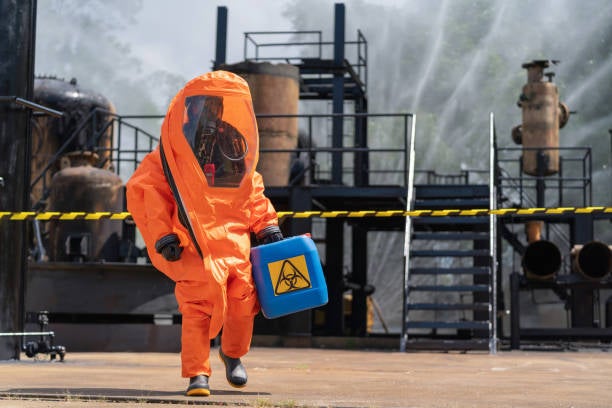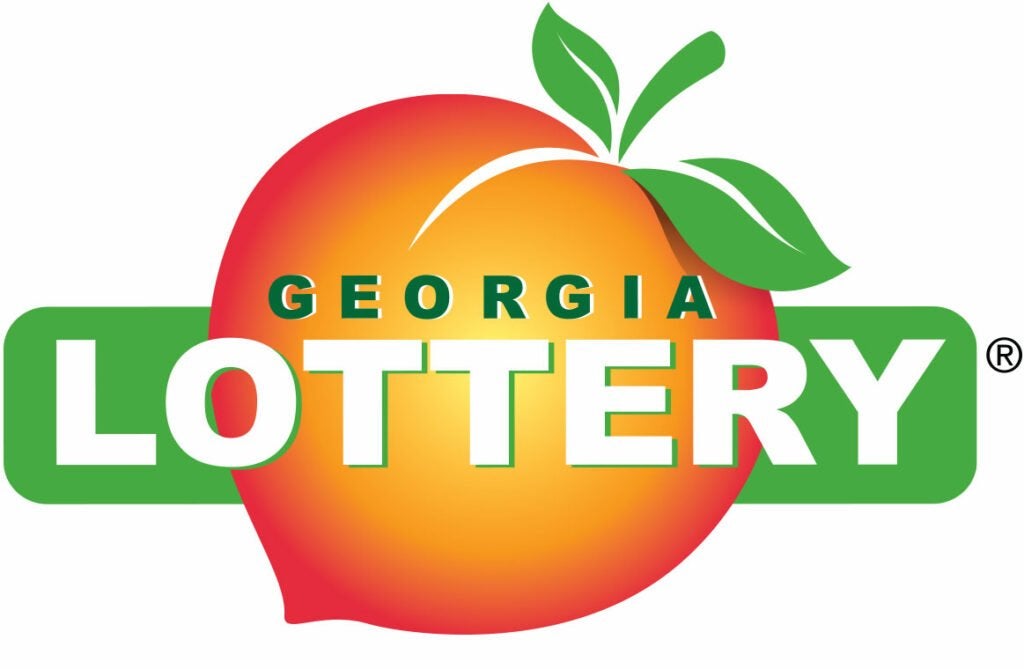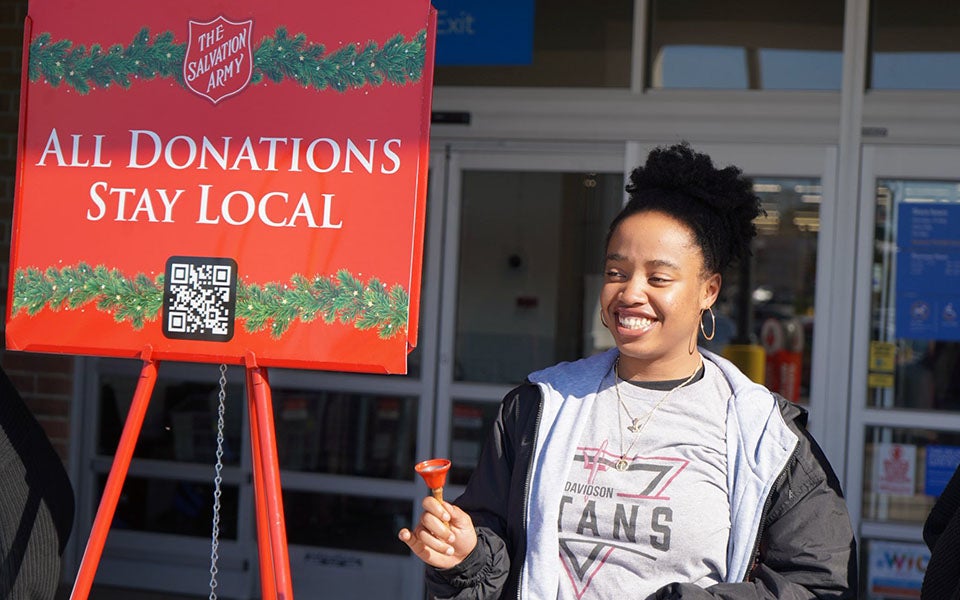In what many thought was possibly an internet hoax, the international media has pursued the story of a suspected radioactive wasp nest found at Savannah River Site near Aiken with only one report available as source material.
A “radioactive” wasp nest was discovered and recorded July 3, Department of Energy (DOE) “occurrence report.” After being pummeled with requests from the media and nuclear watchdog groups, neither Savannah River Nuclear Solutions LLC (SRNS), the operator of the facility, nor the DOE nor the National Nuclear Security Agency (NNSA) responded with a statement from an official spokesperson.
The July 22 report states that routine testing discovered a paper wasp nest in “F-Area” of the complex was tested and found to hold radiation levels “greater than 10 times the total contamination values” than federal regulations allow. Three other nests either low level radiation have been found since.
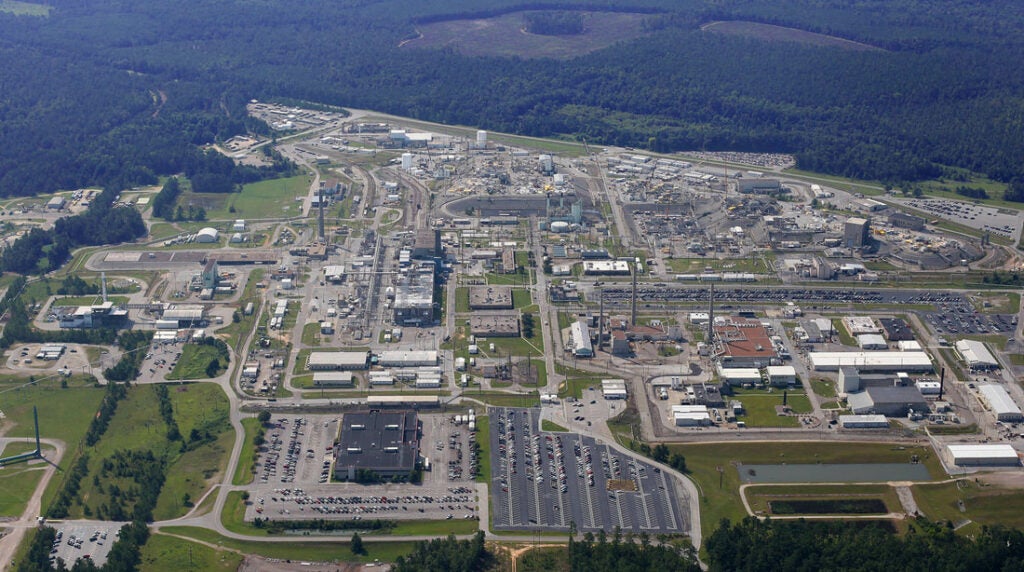
According to the DOE report, the nest was sprayed and removed from the area on July 3; however, the report did not note that any specimens, including larvae, were sent for necropsy testing, leaving the question open as to whether the nest was empty when discovered.
The Bioeconomy Science Institute’s guide to paper wasp development in the wild explains that in early July, most paper wasp drones have finished their nest building phase and queens have recently laid eggs that should be near the end of the larval stage.
The report contained pointing to the contamination’s source as “onsite legacy radioactive contamination.” The report speculated that the radiation was the result of on-site legacy contamination, which is commonly found in the area.
According to Savannah River Mission Completion, there are about 34 million gallons of liquid nuclear waste remaining in 43 of the underground tanks in use. Only eight of those tanks have been closed.
The DOE denied that a leak had been discovered and stated that the public is not in any danger.
“What is ‘legacy radioactive contamination?’ Is that something left behind from 40 or 50 years ago? And if so, how did it get on the outside of the tank? There are so many questions that are not being addressed,” Tom Clements, executive director of SRS Watch, an active member group of the Alliance for Nuclear Accountability (ANA), said.
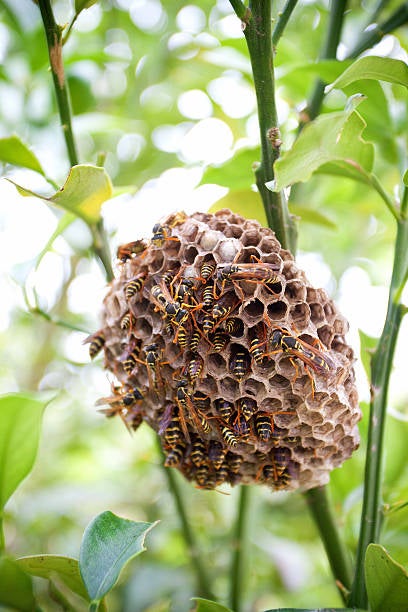
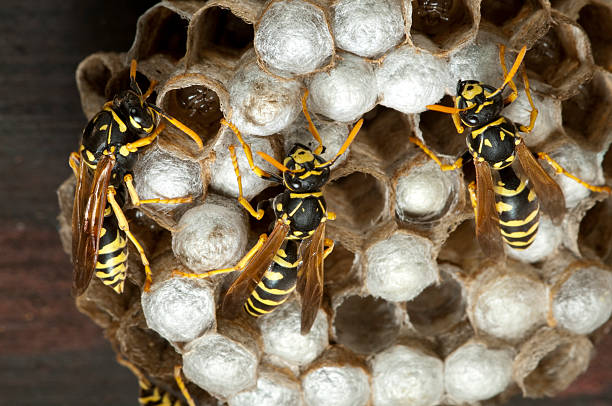
Clements says that the news reports mirror his most recent experiences with officials at the former nuclear materials manufacturing facility. Clements says transparency has taken a steep decline lately with the various agencies engaging in a “circle the wagons” campaign to prevent information from leaking out.
“I congratulate SRS workers for spotting the radioactive wasps and calling the situation to the attention of SRS management. Now, will management follow through and release more details of the incident and how the wasps were exposed?” Clements asked.
So far, the answer has been no.
The Savannah River Ecology Lab (SREL), which is run by UGA, would have been the most likely place any specimens from the nest were taken to be studied; the lab routinely test wildlife, such as alligators, at the 310 square mile site for changes in radiologic and other toxicity levels.
However, the press spokesperson for SREL, Tyjaha Steele, stated that only “upper management” were allowed to comment on the wasps and left a message up the chain of command that was never returned. Steele later sent an email explaining: “At this time, we do not have an official statement to provide, but the matter is being actively reviewed. It is to our understanding that the Department of Energy will be issuing a formal statement in the near future.”
According to Clements, he was told to send his freedom of information requests directly to the National Nuclear Security Agency, the SRS “landlord” since October, which has not responded. The security agency is known to be more secretive than the former landlord, the Department of Energy which has also dodged requests for comment.
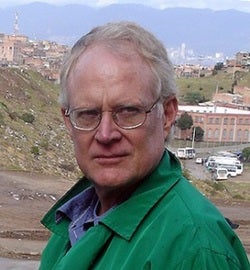
Clements, who also holds a masters degree in forestry, points out the DOE’s occurrence report states that the soil in the area was tested, but there is no mention of the groundwater being tested.
“If these were paper wasps, which we’re led to believe they were, then they would have spent spring and summer collecting pulp from area trees to build their ‘paper’ hive. The only way for (liquid radioactive material) to get into the circulatory system of the tree is through the groundwater. This single radioactive wasp incident may indicate unseen problems with management of the high-level nuclear waste at the site,” Clements explains.
The Savannah River site, according to the Department of Energy, was built in the early 1950s on land in Aiken, Barnwell and Allendale Counties to create what the locals called “the bomb plant,” though no bombs we’re ever manufactured there.
The area that the site is on is roughly the size of New York City and once “focused on the production of plutonium and tritium for use in the manufacture of nuclear weapons from its inception in the early 1950s until the end of the Cold War.”
Clements says that the public largely believes that the Savannah River Site is a decommissioned nuclear facility from a bygone era, but that is clearly not the entire picture.
“The tritium facility was supposed to have been closed down years ago, but we know they are processing tritium. They are still processing plutonium, and they don’t want to talk about it,” Clements said.
Scott Hudson is the Senior Investigative Reporter, Editorial Page Editor and weekly columnist for The Augusta Press. Reach him at scott@theaugustapress.com

